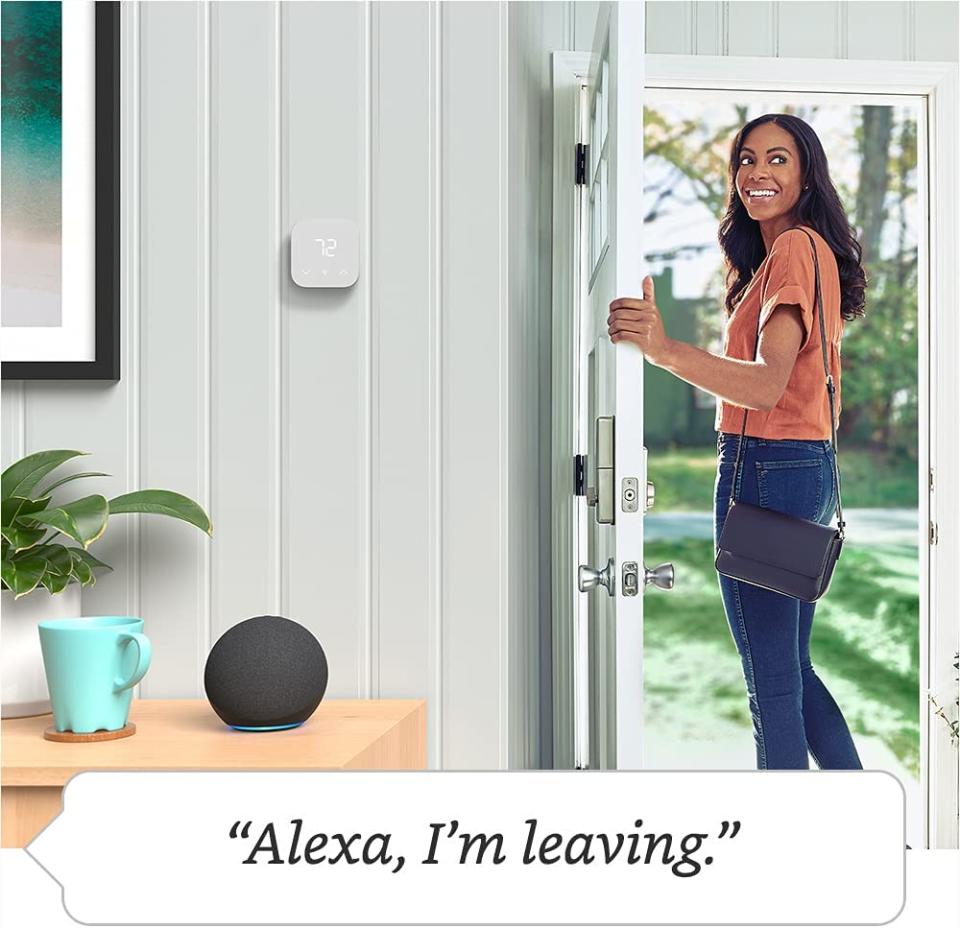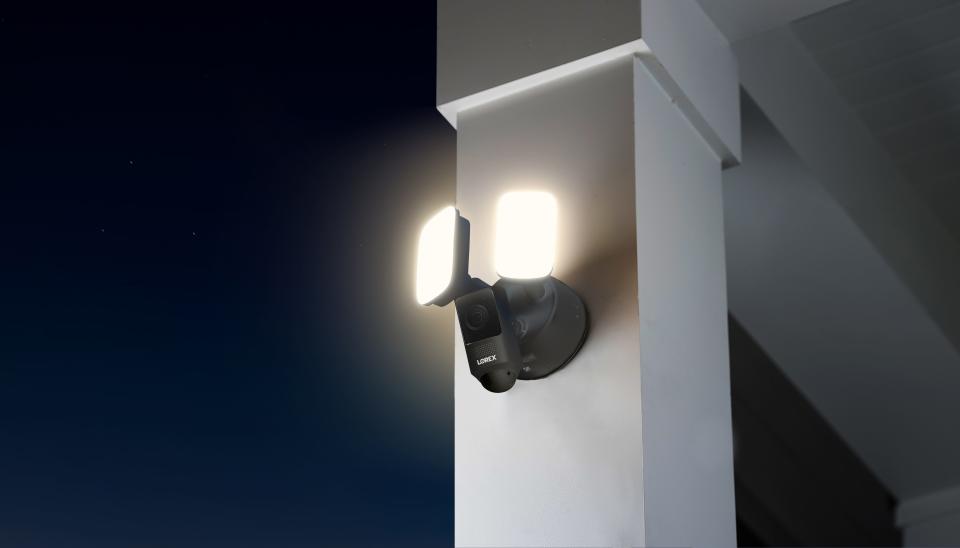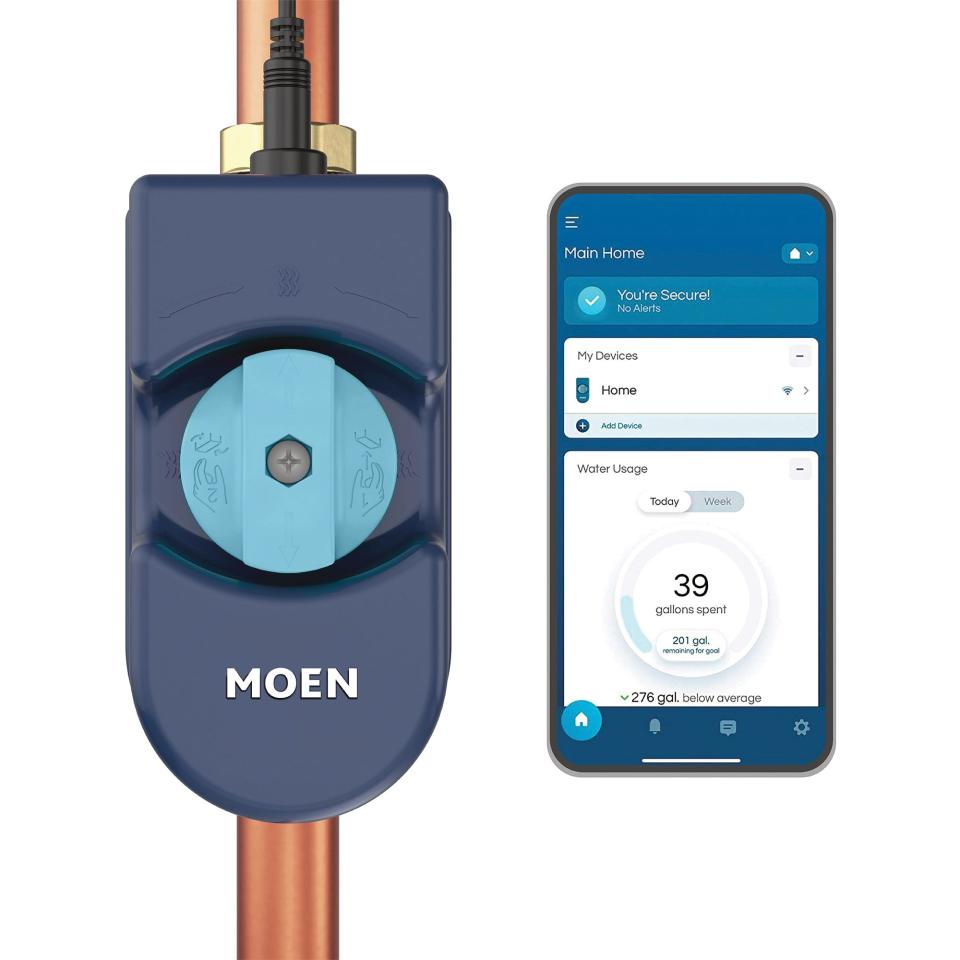Save money on utilities with these 5 devices that can help cut water, energy bills
Utility rates are through the roof.
According to the U.S. Bureau of Labor Statistics, consumers paid 14.3% more for electricity last year, on average, than in 2021. Incidentally, this is more than twice the overall 6.5% rise in prices, according to consumer price index data released in January.
You may also be feeling the heat on your wallet, with spiking natural gas costs this winter, too.
But savvy homeowners are picking up "smart home" devices that can help them keep more of their money, whether it's to cut down on energy costs, sensors to avoid water damage, and choosing cameras that don't require a monthly fee for cloud storage.
Here are a few gadgets that can help shave energy costs:
Shop smart: 10 best deals to help you shop smart and fight inflation
Cheap tech upgrade: The dollar store can help with a cheap tech upgrade: 6 gadgets you can buy for under $5
Does a smart thermostat make a difference?
"Connected" thermostats let you conveniently adjust heating and cooling settings on a phone, tablet, or laptop, but they can also learn your schedule and automatically optimize the temperature in your home.
Starting at $129.99, Google Nest thermostats can turn themselves down when you leave the house, so you don't waste energy on an empty home. A feature called Savings Finder suggests more ways to save by tweaking your schedule.
Similarly, the Energy Star-certified Amazon Smart Thermostat ($79.99) can save an average of $50 on yearly energy bills, says the company.

The first to introduce a smart thermostat in 2007, ecobee offers smart thermostats starting at $149.99 (ecobee3 lite), which saves you up to 26% on your annual heating and cooling bill. Therefore, the company claims, the device pays for itself over time.
Along with easily adjusting temperature and comfort settings from an app, a smart speaker, or via the thermostat’s 3.5-inch touchscreen, ecobee3 lite can be easily programmed to fit your schedule or wirelessly synched with optional sensors for more precise, room-by-room control.
Is it worth getting LED lights?
Oh sure, LED lights cost more, but you'll save money in the long run. A 60-watt equivalent, for instance, might be only 7.5 watts for comparable lumens with an LED light – not to mention they can last considerably longer, which saves you even more.
There are also Wi-Fi-enabled Smart LED bulbs, which allow you to set schedules and timers, remotely access your lights (such as turning lights off via an app), or, when coupled with room sensors, have the lights turn off automatically when someone leaves the room.
Smart LEDs, such as the Philips Hue A19 Bluetooth Smart LED bulbs ($49.99 for a 4-pack), also let you use your voice to control them (via Amazon Alexa or Google). There are color bulbs, too, but they cost more.
Save on surveillance cameras, lighting
Cameras on the outside of your home give you peace of mind, whether it's a single video doorbell, a full-blown surveillance system, or something in between.
While Amazon’s Ring family and Google’s Nest Doorbell can talk to a visitor live through the app – and whoever is on your doorstep won’t know you may not be inside – be aware you need to pay to access previously recorded videos.
That is, to review what you missed a few hours or days earlier, and access other features (like sharing videos and photos), you’ll need a Ring Protect Plan (from $3.99 per month or $39.99 a year) for Amazon devices, and a Nest Aware subscription for the Google Nest doorbell (from $6 per month or $60 a year).
Home security cameras: The best and worst places to put home security cameras
Rest help: Technology that encourages rest? Here are 10 tech gadgets that can help improve your sleep.
A 2-in-1 solution, the Lorex 2K Wired Floodlight Security Camera ($249.99) is both a surveillance camera (with color night vision) and motion-activated light (with multiple LEDs), with no monthly fees to store and access your footage. A installed 32GB microSD card (but expandable) holds your data offline, plus you can access videos via the app, and engage in a two-way chat with a visitor.

An auto-framing feature tracks and zooms in on a person, vehicle, or animal, and can send you relevant notifications via the app.
Cut energy use with monitors, smart plugs
After connecting it to your electrical panel, solutions like Sense (from $299), Schneider Electric's Wiser family (from $299), or Emporia Vue Energy Monitor solutions (from $84) give homeowners useful insights into activity and energy use – in real time.
Using the companion app, you can see a color-coded view of your home's energy usage, create custom notifications (such as when devices are on or off), analyze trends, and set goals.
On a related note, inexpensive smart plugs can give you greater control over all your devices, and cut down on "vampire power," which refers to plugged-in electronics that – while turned off – still "suck" electricity, and therefore costs you money. (Large appliances are often the culprits, but there are others, too, like televisions, sound systems, and video game consoles.)
Insert a smart plug into your AC outlet, and then plug something into the smart plug.
For as little as $6 each when purchased in a 4-pack, popular smart plug brands include Belkin Wemo, Eve Energy, and TP-Link's Kasa. You can set schedules or timers, or you can use your voice to ask your smart speaker to do it.
For example, set your dishwasher to only run during off-peak hours to save money on electricity costs.
Prevent costly water damage
Finally, water shutoff valves, like Flo by Moen (from $499.99), connect to your home's water supply and can detect flow rate, temperature and pressure throughout the entire home. It can detect an issue like a frozen or burst pipe, or if a child left a bathroom faucet running, and can turn it off for you and notify you via the app.

There are no monthly fees, and home insurance providers may give you a discount if you have it installed, says Moen.
If you don't have the budget, a more affordable solution is the D-Link Whole Home Smart Wi-Fi Water Leak Sensor Starter Kit ($69.99), which includes two sensors in the box (expandable up to 16) to place around a water heater, washing machine, sump pump, or any spot there could be a potential water leak.
You'll be immediately notified if a leak is detected, thanks to a loud 100-decibel alarm, flashing lights, and a Google smart speaker that can announce an issue, too.
If you're not at home and it detects moisture, you'll get a notification through a companion app.
Follow Marc on Twitter for his "Tech Tip of the Day" posts: @marc_saltzman. Email him or subscribe to his Tech It Out podcast. The views and opinions expressed in this column are the author's and do not necessarily reflect those of USA TODAY.
Purchases you make through our links may earn us and our publishing partners a commission.
This article originally appeared on USA TODAY: How to save on utilities: Try these smart plugs and smart led bulbs

 Yahoo Sports
Yahoo Sports 